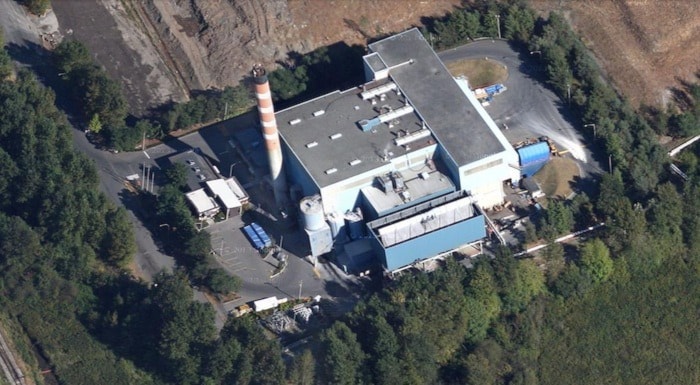A mostly complete upgrade at Metro Vancouver's waste-to-energy incinerator in south Burnaby has already sharply reduced emissions that contribute to smog.
Metro Vancouver solid waste manager Paul Henderson said there's been a more than 25 per cent drop in nitrogen oxides released and those emissions should drop by nearly another third by the end of the year to less than half of the 2013 average.
The $7-million emission control system upgrade is the latest improvement at the region's Waste-To-Energy Facility, but the Fraser Valley Regional District has challenged the plant's operating certificate renewal, demanding the province impose much tighter emission limits and monitoring requirements.
Metro's incinerator normally contributes about 0.9 per cent of the Lower Mainland's nitrogen oxide emissions, but Henderson said that has now fallen to 0.6 per cent and should hit 0.4 per cent by year-end.
The incinerator burns 280,000 tonnes of garbage per year and the region is continuing its push to add a new waste-to-energy plant with a further 370,000-tonne capacity. It would burn garbage that isn't recycled and will no longer be shipped to the Cache Creek landfill.
The existing plant had an unrelated setback in August when a turbine rotor blade broke, forcing the incinerator to halt the generation and sale of electricity to BC Hydro.
Power generation is offline until at least mid-October.
Metro expects to make up the for the power revenue loss next year, because a scheduled maintenance shutdown in 2015 has been moved up to coincide with the current downtime.

